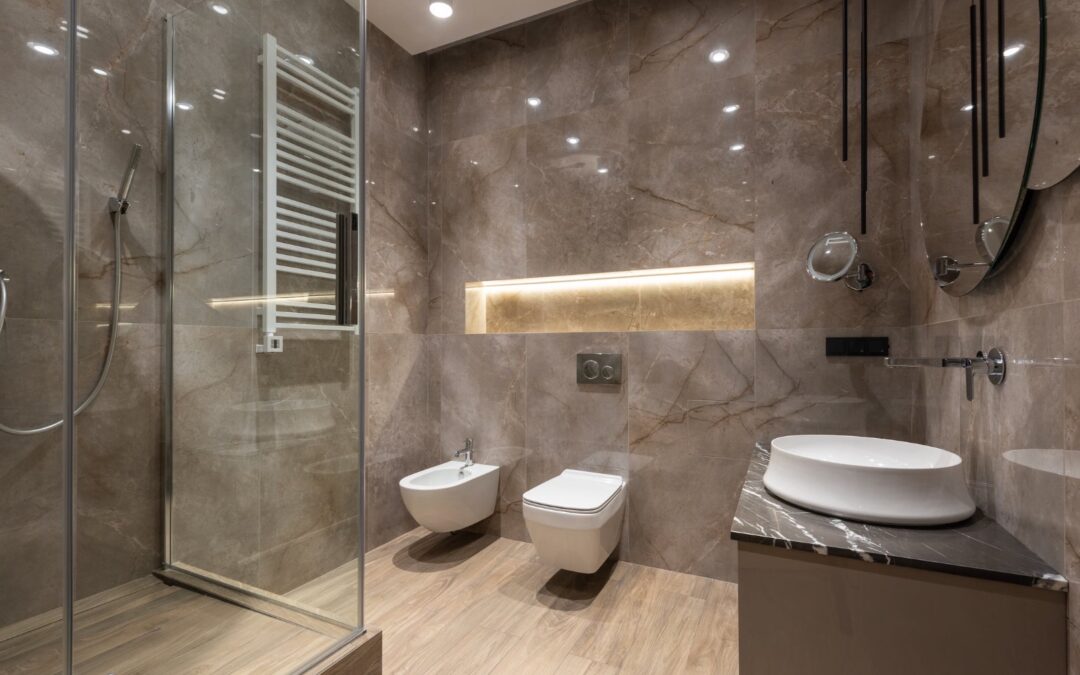In the United States, 230 million residents rely on municipal sewerlines. These are drain lines that collect wastewater and then direct it to treatment facilities.
It must first pass through the main sewer line at a house before wastewater can reach these sewer lines. This means that wastewater won’t be able to reach the public sewer facility if it’s blocked. A clog in your main drain pipe could lead to sewage backing up into your home.
You might be able to do the steps for clearing a main sewer clog yourself. The extent of your sewer line clog will depend on a number of factors. You can read more about this below.
A peek inside Your Home’s Plumbing Network
All plumbing fixtures, including sinks and toilets in your home are connected to a drainline and a P trap. A P trap is a pipe that looks like the letter P and contains some water. This water acts to seal your home from sewer gases rising and permeating it.
The P-traps connect to a branch drainage line. Branch drain lines are located usually behind ceiling panels or under floors.
Each branch drain then connects to a soil pile. A soil stack refers to another type of plumbing that is hidden under the soil outside your home. They are typically located below the ground or under the lawn.
These soil stacks link to what we now call the main wastewater line. This is where all branches drain lines from your home join the main sewer line. This is the main drain line that collects all your plumbing waste (solids and liquids).
These wastes are then sent to the main sewer, or to the municipal sewer. The majority of US homes use municipal sewer lines. However, around 60million homes still have their septic tanks.
In any case, the responsibility for plumbing connections beyond the municipal line is on homeowners. This means that your responsibility extends up to the main sewer line. Your duties also include the maintenance of a private sewer tank or sewage unit.
What Happens if the Main Sewer Line Clogs?
It’s also the point where all drain lines connect, so a clogged main sewer will have an impact on all other drains. You will probably experience multiple clogs at your drains and toilets. It is possible for toilet water to back up into your floor, tub, or shower drains.
Clogged Main Drain or Branch Drain
If you have only one clogged drain you can try a plunger or snake. If it is your first encounter with a slow-flushing toilet, you can use the plunger or a snake to do the same. These incidents can often be a sign that a single drain line is clogged.
Simultaneous sewer clogs are often signs that your main sewer line is in need of cleaning. This is especially true if your drains have not been cleaned in a while. You may have a large enough clog from all the years of plumbing.
It is also possible for tree roots to have grown around the main sewer pipes. This could mean that the roots are either choking, or even penetrating the main sewer pipes. Industry-grade sewer cameras are the best way to confirm this.
Steps to Clear a Main Sewer Line Collapse
If your older home has not been renovated in a while, you will most likely not have a clean-out fitting. It depends on whether this fitting is present.
Locate the Clean-Out Fitting
However, the first step in cleaning out your home’s plumbing system is to find the leak.
A clean-out fitting can be a pipe of any width, including 3, 4, and 6 inches. One section of the fitting should be visible above the ground. This is usually located on the lowest floor or outside on level ground. The plug should be visible and can be removed with a wrench.
Slowly remove the cover
Use a pipe wrench to remove the cover if you find it. Do not open it fully as waste can buildup could explode from the opening. After you have removed the cap, get rid of the pipe.
Let the buildup sputter out
You should distance yourself from any fittings, but you must still be able reach the cover to fully open it. Be sure to secure your feet before you remove the cap. You should let all the waste caused by the main sewer line blockage out of the fitting’s aperture.
Let the buildup drain for as long as it takes.
Get your plumbing snake in
Place the auger or plumbing snake into the cleanout fitting. To remove as much of the blockage as possible, be sure to read the instructions. As long as the dirt is still in the pipe, you may need to repeat this process several times.
Get rid of the snake and the fittings
Before you return the auger, wash it first with water. This will disintegrate any debris and smaller clogs. This will also help to remove any debris or clogs that may be stuck to your plumbing pipe.
Then, take the snake out of the pipe and put the cover back on the fitting. Now, check your drains and toilets for any problems.

